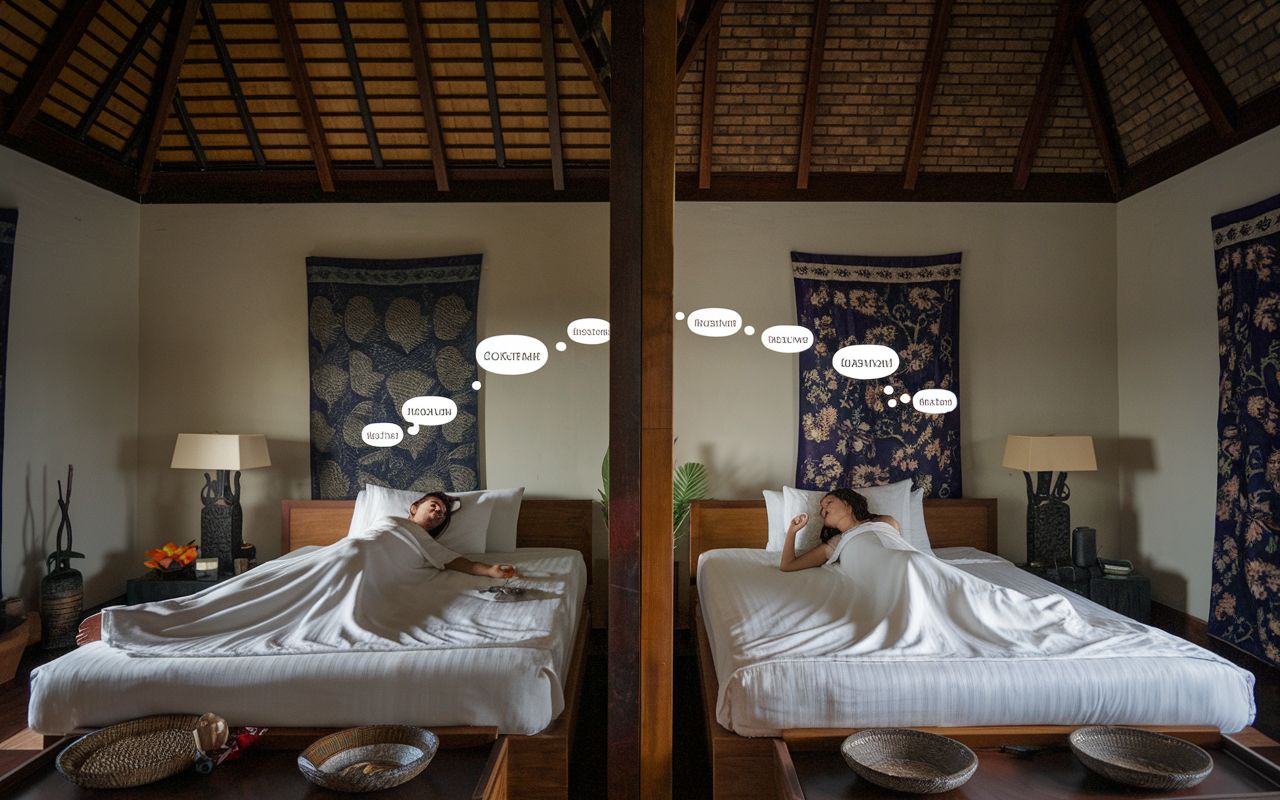Follow us on Google News (click on ☆)

We recently discussed the achievements made by the company REMSpace in this article: the company succeeded in guiding a virtual car driven by individuals while they were asleep by analyzing their eye movements.
Today, this Californian startup announces a new feat. It has designed a device to capture various facial movements during REM sleep, the final phase of sleep during which dreams occur. These signals are then converted into a language, named Remmyo, offering a dreamed-of communication possibility.
Remmyo is based on six specific facial contractions captured by sensors placed on the face. These sensors detect the electrical impulses from the muscles, which are translated into words by software designed to decode this "language."
As part of the test conducted, researchers connected two participants who were dreaming. They first waited for the first dreamer to reach REM sleep. Then they emitted a word via speakers, so that the dreamer would perceive it in their dreams. The dreamer then “repeated” it in the dream. The word was subsequently transmitted to the second dreamer, who perceived it as well.
Upon waking, the second dreamer confirmed having received the word, proving that communication is possible during dreams. This discovery opens a horizon where dream-based exchanges become feasible, though current limits remain.
Researchers acknowledge that while Remmyo is functional, it still requires improvement. The translation efficiency varies from 13% to 81% depending on the contractions detected.
With this progress, REMSpace plans to develop a device for real-time communication during lucid dreams. However, ethical questions about the risks of mental manipulation have already been raised.
What is a lucid dream?
A lucid dream is a dream state in which the sleeper is aware that they are dreaming. This means that they know they are in a dream and can sometimes modify its course or observe its progression without losing control. This ability often occurs spontaneously but can also be developed with specific training.
Researchers distinguish lucid dreams from regular dreams by the particular brain activity that occurs during these moments. During a lucid dream, studies have revealed that the brain enters a unique state, halfway between deep sleep and wakefulness. This phenomenon intrigues the scientific community, as it could have therapeutic applications, such as reducing anxiety and recurring nightmares.
What is REM sleep?
REM sleep, also known as Rapid Eye Movement, is a phase of the sleep cycle characterized by intense brain activity and rapid eye movements under closed eyelids. This phase occurs about 90 minutes after falling asleep and is when most dreams happen.
During REM sleep, the body undergoes muscle paralysis, preventing the physical acting out of dreams, although heart rate, respiration, and blood pressure remain similar to wakefulness levels. This phase is crucial for information processing, memory, and psychological well-being.
What is the Remmyo language?
Remmyo is an experimental language developed to enable communication between lucid dreamers. Based on specific facial muscle contractions during REM sleep, this language encodes information through movements detected by electromyographic sensors placed on the face. Each muscle contraction corresponds to a "letter" in this language.
Developed by the startup REMSpace, Remmyo involves six types of facial movements, decoded by software that translates them into words. Lucid dreamers can thus transmit messages, albeit rudimentarily, either to each other or to the waking world, opening up possibilities for real-time communication in the realm of dreams.